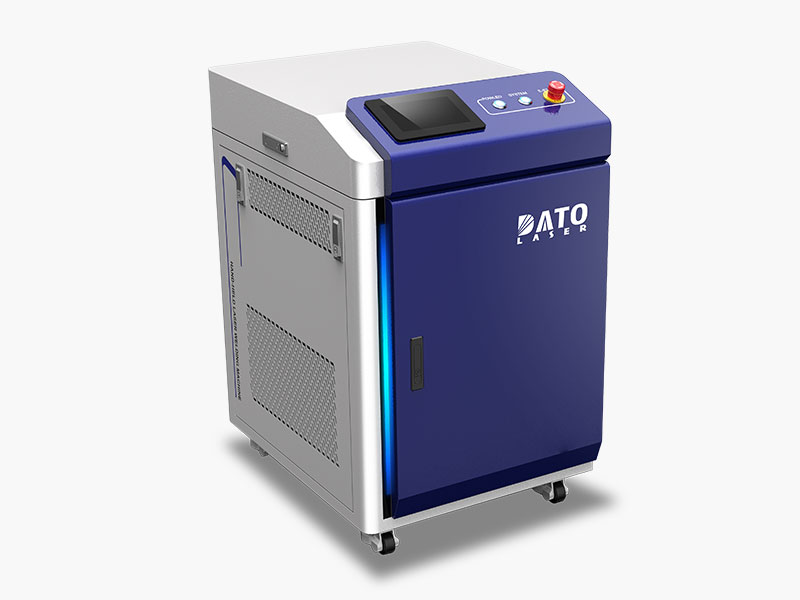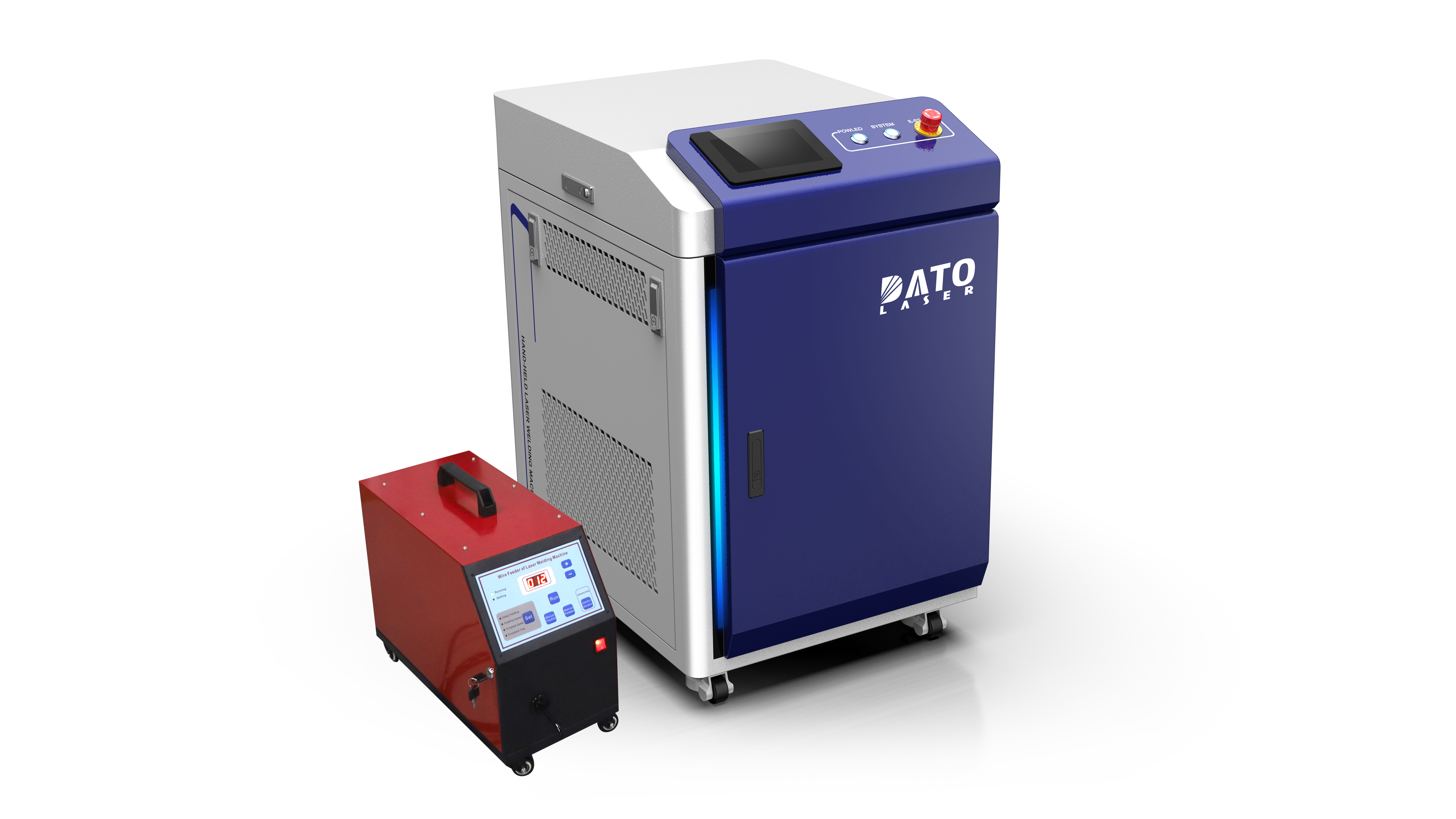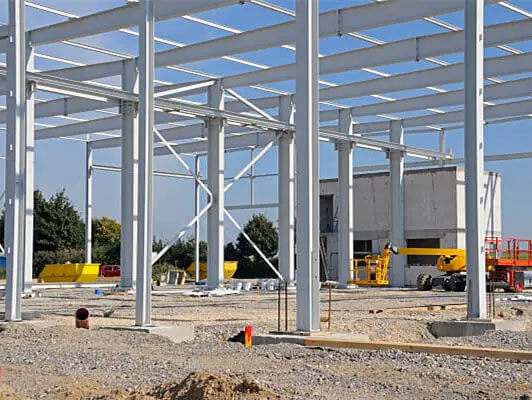Can Laser Welding Work with Mixed Metals? Understanding Multi-Material Applications

Can Laser Welding Work with Mixed Metals? A Comprehensive Guide to Multi-Material Applications
Understanding Mixed-Metal Laser Welding
The Evolution of Multi-Material Joining
Laser welding technology has revolutionized the way manufacturers approach mixed-metal joining. At Dato & Leapion, we've witnessed the growing demand for combining different metals in various industries, from automotive to electronics manufacturing. Modern laser welding systems offer precise control and flexibility that traditional welding methods simply cannot match.
Common Mixed-Metal Combinations
Steel and Aluminum Applications
One of the most frequently requested combinations in manufacturing is steel to aluminum welding. This joining process requires careful consideration of the materials' different thermal properties and melting points. Our advanced laser welding systems utilize sophisticated power control and beam shaping to achieve strong, reliable bonds between these dissimilar metals.
Copper and Aluminum Connections
The electronics industry frequently requires copper-to-aluminum connections. These joints present unique challenges due to the high thermal conductivity of copper and the formation of intermetallic compounds. Our laser welding solutions incorporate specialized pulse shaping and power modulation to overcome these challenges effectively.
Technical Considerations
Thermal Properties Management
When welding dissimilar metals, understanding and managing their different thermal properties is crucial. Our laser welding systems feature advanced temperature monitoring and control mechanisms that help prevent issues such as:
Excessive heat input leading to material distortion
Formation of brittle intermetallic compounds
Uneven thermal expansion and contraction
Metallurgical Compatibility
Not all metal combinations are suitable for direct welding. Our engineering team helps customers evaluate material compatibility and develop appropriate welding strategies, which may include:
Specialized joint designs for optimal strength
Interface layer solutions for incompatible metals
Modified welding parameters for specific material combinations
Advanced Technology Solutions
Beam Control and Modulation
Modern laser welding systems offer sophisticated beam control capabilities that enable successful mixed-metal joining:
Real-time power adjustment during welding
Precise focal point positioning
Dynamic beam shaping for optimal energy distribution
Process Monitoring Systems
Quality control in mixed-metal welding requires advanced monitoring capabilities:
Temperature monitoring throughout the welding process
Real-time weld pool analysis
Automated parameter adjustment based on feedback
Industrial Applications
Automotive Manufacturing
The automotive industry increasingly demands mixed-metal solutions for:
Battery connection systems combining copper and aluminum
Lightweight body structures using steel and aluminum
Powertrain components requiring various metal combinations
Electronics Manufacturing
Electronic device production often requires precise mixed-metal joining:
Circuit board connections
Battery terminal welding
Sensor assembly joining
Quality Assurance
Testing and Validation
Mixed-metal welds require thorough testing to ensure reliability:
Tensile strength testing
Corrosion resistance evaluation
Thermal cycling performance assessment
Process Documentation
Maintaining consistent quality requires detailed process control:
Parameter recording and documentation
Weld quality monitoring
Traceability systems implementation
Economic Benefits
Cost Reduction Opportunities
Mixed-metal laser welding offers several economic advantages:
Reduced material costs through optimal material selection
Lower energy consumption compared to traditional methods
Decreased post-processing requirements
Production Efficiency
Our laser welding solutions enhance manufacturing efficiency through:
Faster processing speeds
Reduced setup time between different material combinations
Minimal heat-affected zones requiring less finishing
Future Developments
Emerging Technologies
The field of mixed-metal laser welding continues to evolve:
New beam delivery systems for improved control
Advanced materials processing capabilities
Enhanced monitoring and control systems
Industry Trends
Manufacturing trends driving mixed-metal welding innovation:
Increasing demand for lightweight structures
Growing adoption of electric vehicles
Expanding electronics manufacturing requirements
Conclusion
Mixed-metal laser welding represents a crucial capability in modern manufacturing. At Dato & Leapion, our advanced laser welding systems and expertise enable manufacturers to achieve reliable, high-quality mixed-metal joints. Whether you're working with steel and aluminum combinations or more exotic metal pairs, our solutions provide the precision and control needed for successful results.
Contact our technical team to discuss your specific mixed-metal welding requirements and discover how our laser welding solutions can enhance your manufacturing capabilities.
Related Blogs
-
 Exploring the Safety, Precision, and Industrial Benefits of Laser Surface CleaningIn today’s fast-paced industrial world, where quality, efficiency, and sustainability are top priorities, manufacturers are constantly seeking better ways to clean metal surfaces without compromising material integrityBlog
Exploring the Safety, Precision, and Industrial Benefits of Laser Surface CleaningIn today’s fast-paced industrial world, where quality, efficiency, and sustainability are top priorities, manufacturers are constantly seeking better ways to clean metal surfaces without compromising material integrityBlog -
 A Complete Guide by DATO and LeapionIn modern industry, surface preparation and maintenance play a crucial role in achieving high-quality manufacturing results. Laser cleaning machines have emerged as one of the most innovative, efficient, and environmentally friendly tools for removing contaminantsBlog
A Complete Guide by DATO and LeapionIn modern industry, surface preparation and maintenance play a crucial role in achieving high-quality manufacturing results. Laser cleaning machines have emerged as one of the most innovative, efficient, and environmentally friendly tools for removing contaminantsBlog -
 Laser cleaning machines are revolutionizing industrial surface cleaning by offering a faster, safer, and more eco-friendly alternative to traditional methods. Whether removing rust, paint, oil, oxide, or other surface contaminants, laser cleaning has become a cutting-edge solution in manufacturing,Blog
Laser cleaning machines are revolutionizing industrial surface cleaning by offering a faster, safer, and more eco-friendly alternative to traditional methods. Whether removing rust, paint, oil, oxide, or other surface contaminants, laser cleaning has become a cutting-edge solution in manufacturing,Blog -
 Introduction: Transforming EV Battery Manufacturing Through Laser TechnologyThe electric vehicle revolution has accelerated dramatically over the past decade, bringing with it unprecedented challenges and opportunities in battery manufacturing. As global automakers commit billions to electrificationBlog
Introduction: Transforming EV Battery Manufacturing Through Laser TechnologyThe electric vehicle revolution has accelerated dramatically over the past decade, bringing with it unprecedented challenges and opportunities in battery manufacturing. As global automakers commit billions to electrificationBlog















